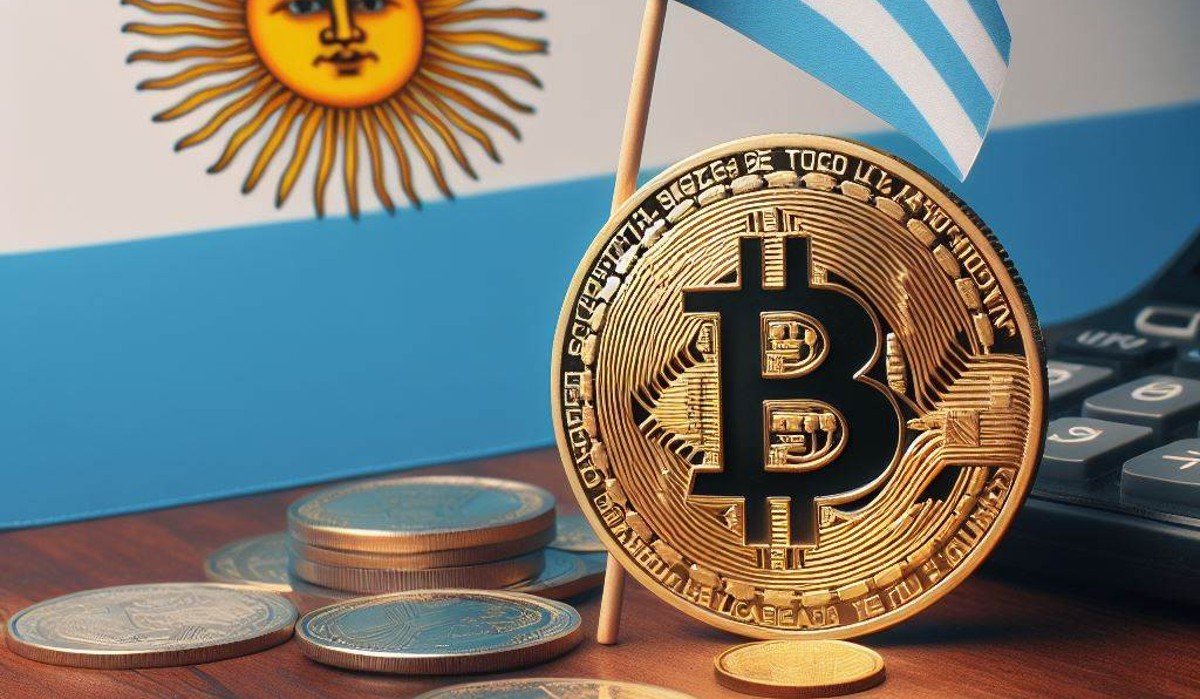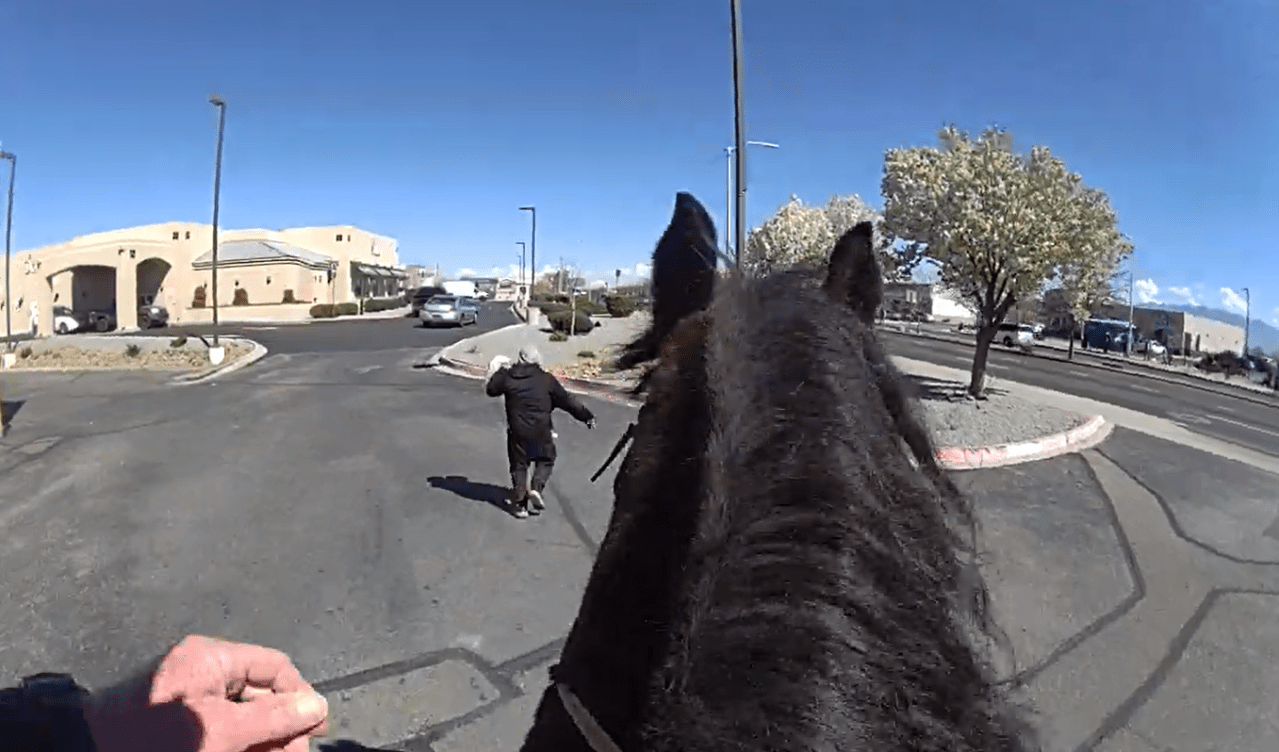
(AP) — Earth’s changing rotation is threatening to toy with our time, clocks and computerized society in unprecedented ways — but only for a second.
For the first time in history, world timekeepers may have to consider subtracting a second from our clocks in a few years as the planet spins a little faster than before. Around 2029, clocks may have to skip a second — called a “negative leap second,” according to a study Wednesday in the journal Nature.
“This is an unprecedented situation and a big deal,” said study lead author Duncan Agnew, a geophysicist at the Scripps Institution of Oceanography at the University of California, San Diego. “It’s not a huge change in Earth’s rotation that’s leading to some catastrophe or anything, but it’s something significant. It’s another indication that we’re in very unusual times.
ice is melting at both the poles of the earth Countering the planet’s explosive momentum and likely delaying this global second count by about three years, Agnew said.
“We’re moving toward a negative leap second,” said Dennis McCarthy, retired director of the US Naval Observatory who was not part of the study. “It’s a matter of when.”
It is a complex situation that involves, physics, global power politics, climate change, technology and two types of time.
The Earth takes about 24 hours to rotate, but the key word is approx.
Agnew and Judah Levine, a physicist in the Time and Frequency Division of the National Institute of Standards and Technology, said that over thousands of years, the Earth has generally been slowing down, with the rate varying from time to time.
The slowdown is mostly caused by tidal effects, which are caused by the pull of the moon, McCarthy said.
So far it doesn’t matter Atomic clocks were adopted More than 55 years ago as the official time standard. Those were not slow.
It established two versions of time – astronomical and atomic – and they did not match. Astronomical time lags behind atomic time by 2.5 milliseconds per day. That means the atomic clock will say it’s midnight and it’s midnight on Earth a fraction of a second later, Agnew said.
Those daily fractions of a second add up to whole seconds every few years. Beginning in 1972, international timekeepers decided Add a “leap second”. Astronomical time in June or December is called atomic time Coordinated Universal Time or UTC. Instead of 11:59 and 59 seconds to midnight, there will be another second at 11:59 and 60 seconds. A negative leap second would go from 11:59 and 58 seconds directly to midnight, skipping 11:59:59.
Between 1972 and 2016, 27 separate leap seconds Added as the world slows down. But the rate was slowing down.
“In 2016 or 2017 or maybe 2018, the rate of slowdown slowed to such an extent that the world was actually moving,” Levin said.
Earth’s speed is increasing because its hot liquid core — “a big ball of molten liquid” — behaves in unpredictable ways, with variations in eddies and flows, Agnew said.
Agnew said the core has been initiating motion for about 50 years, but the rapid melting of polar ice since the 1990s has masked that effect. Melting ice shifts Earth’s mass from the poles to the balling center, which slows the rotation much like a spinning ice skater slows down when they extend their arms out to their sides, he said.
Without the effects of melting ice, Earth would need that negative leap second in 2026 instead of 2029, Agnew calculated.
For decades, astronomers kept universal and astronomical time together with those handy short leap seconds. But computer system operators say those additions aren’t easy given the precision technology the world now relies on. In 2012, some computer systems Mismanagement of leap secondsReddit, Linux, causing problems for Qantas Airlines and others, experts say.
“What is the need for this adjustment when it causes so much trouble?” McCarthy said.
But Russia’s satellite system relies on astronomical time, so omitting leap seconds would cause them problems, Agnew and McCarthy said. Astronomers and others wanted to have systems that would add a leap second whenever the difference between atomic and astronomical time approached one second.
In 2022, The world’s timekeepers have decided That starting in the 2030s they will change the value of a leap second insertion or deletion is highly unlikely.
Tech companies such as Google and Amazon have unilaterally added fractions of a second to a full day to establish their own solutions to the leap second issue, Levine said.
“Fights are so serious because the stakes are so small,” Levine said.
Then add the “weird” effect of subtraction, without adding a leap second, Agnew says. Skipping a second can be difficult because software programs are designed to add, not subtract, time, McCarthy said.
McCarthy said the trend toward the need for negative leap seconds is clear, but he thinks the Earth is becoming more spherical as a result of geological changes since the end of the last ice age.
Three other outside scientists said Agnew’s research made sense, calling his evidence compelling.
But Levin doesn’t think a negative leap second would really be necessary. He said the overall slowing trend from the tides has been on and off for centuries, but short trends in the core of the Earth come and go.
“This is not a process where the past is a good predictor of the future,” Levin said. “Anyone who makes long-term predictions about the future is on very, very shaky ground.”















